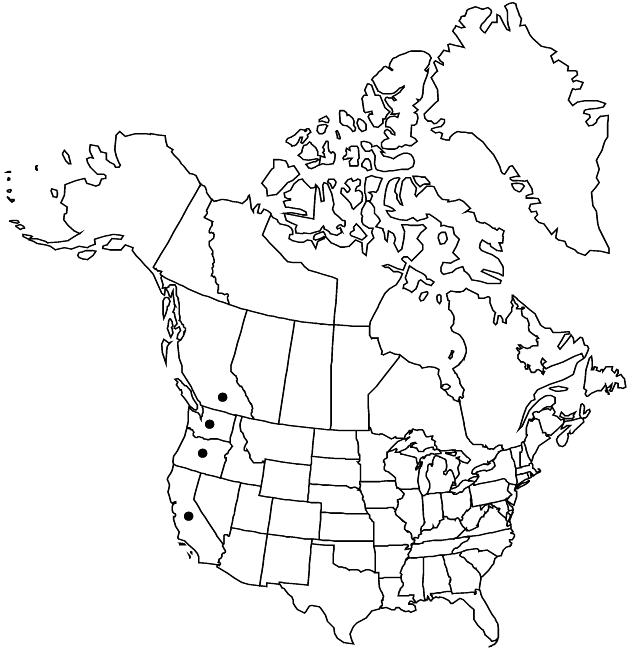Difference between revisions of "Artemisia suksdorfii"
Bull. Torrey Bot. Club 28: 42. 1901.
imported>Volume Importer |
imported>Volume Importer |
||
| Line 61: | Line 61: | ||
|publication year=1901 | |publication year=1901 | ||
|special status=Endemic | |special status=Endemic | ||
| − | |source xml=https:// | + | |source xml=https://bitbucket.org/aafc-mbb/fna-data-curation/src/2e0870ddd59836b60bcf96646a41e87ea5a5943a/coarse_grained_fna_xml/V19-20-21/V19_926.xml |
|tribe=Asteraceae tribe Anthemideae | |tribe=Asteraceae tribe Anthemideae | ||
|genus=Artemisia | |genus=Artemisia | ||
Latest revision as of 19:57, 5 November 2020
Perennials, 50–170(–200) cm, aromatic (rhizomes woody, coarse). Stems usually 10+, erect, light brown, simple, usually glabrous. Leaves cauline (sessile), bicolor (white and dark green); blades lanceolate, 5–10(–15) × 1–5 cm (bases strongly tapered, attenuate), coarsely and irregularly lobed, faces tomentose (abaxial) or glabrous (adaxial). Heads (erect) in crowded (proximally leafy), paniculiform or racemiform arrays 17–30 × (2–)4–5 cm (lateral branches stiff, erect). Involucres narrowly turbinate or globose, 1.5–2.5 × 1–1.5 mm. Phyllaries (straw-colored to yellow-green, shiny) lanceolate, glabrous or sparsely hairy. Florets: pistillate 2–5; bisexual 2–7; corollas yellow, 1.5–3 mm, glabrous. Cypselae ellipsoid, 0.8–1.5 mm, glabrous. 2n = 18.
Phenology: Flowering mid summer–fall.
Habitat: Coastal habitats, often along roads or drainages
Elevation: 0–200 m
Distribution

B.C., Calif., Oreg., Wash.
Discussion
Artemisia suksdorfii is similar morphologically to A. douglasiana; it has more and smaller heads, and glabrous phyllaries. The two species hybridize where their ranges overlap.
Selected References
None.